Land Mammals
Mammals have been primarily brought to Seychelles by the humans. Otherwise, there is hardly any mention of these in the studies and explorations done before the invasion of humans. The only mention is that of the Seychelles fruit bats.
Fruit bats
These are an endemic and native species of Seychelles. Their tapered head resembling that of a dog has also earned them the name of 'Flying Foxes'. These feed primarily on mangoes and serve the important function of dispersing the seeds of plants. Fruitbat curry is also a savoury meal of Seychelles and is served by a large number of Creole restaurants. So, do not be taken aback when someone serves it on your platter in Seychelles!Biological name: Pteropus seychellensis
Where to find: This megabat is most common on Silhouette Island.
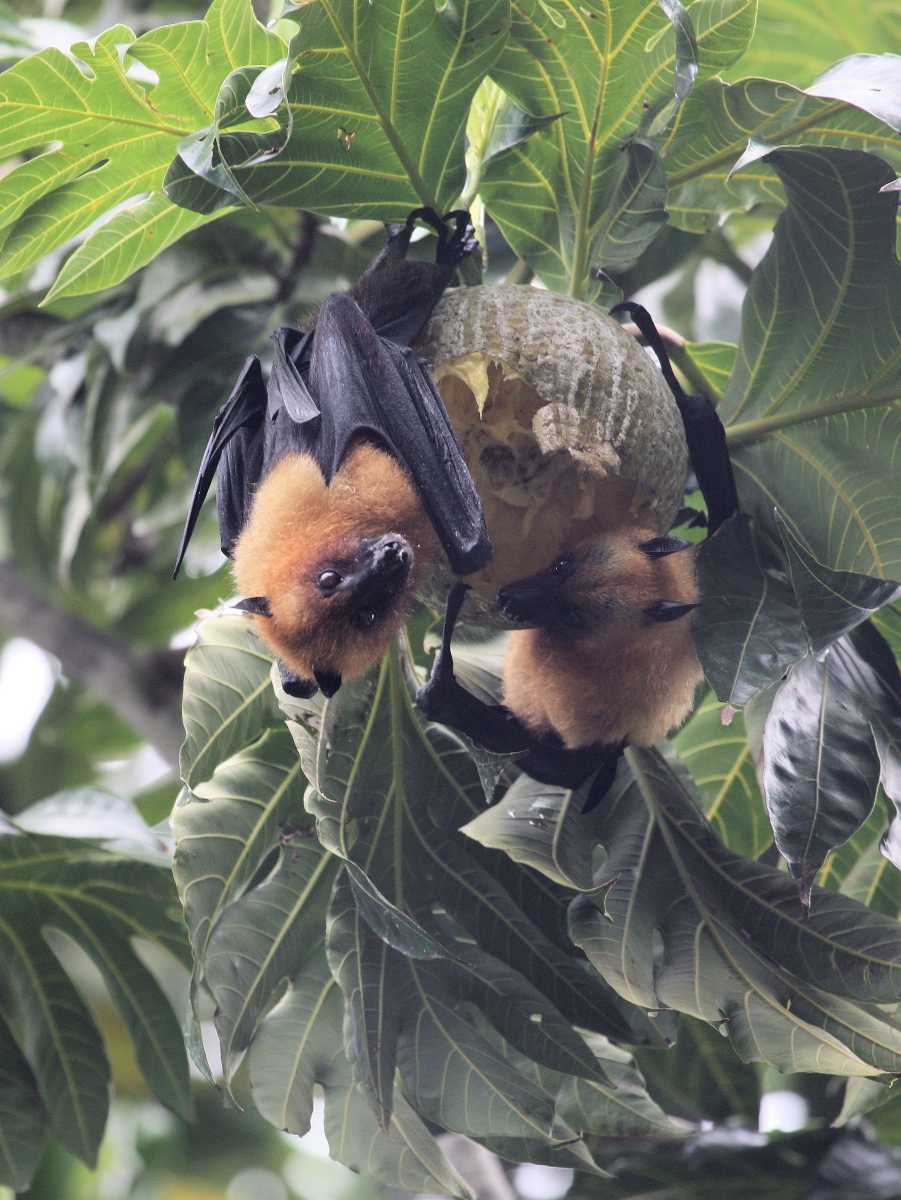
Tailless tenrec
This mammal has been recently introduced in Seychelles. It is the largest land-dwelling species of the tenrec family and weighs about 1.5 to 2.5 kilogrammes. This is a cute little creature, and you will be in complete awe of its spines along its body. Do not scare this only hibernating tropical mammal, for it will erect its spiky hairs and might even bite. This mammal feeds on small invertebrates, frogs and mice.Biological name: Tenrec ecaudatus
Where to find: Keep an eye out for these in the dense tropical forests found all over Seychelles.
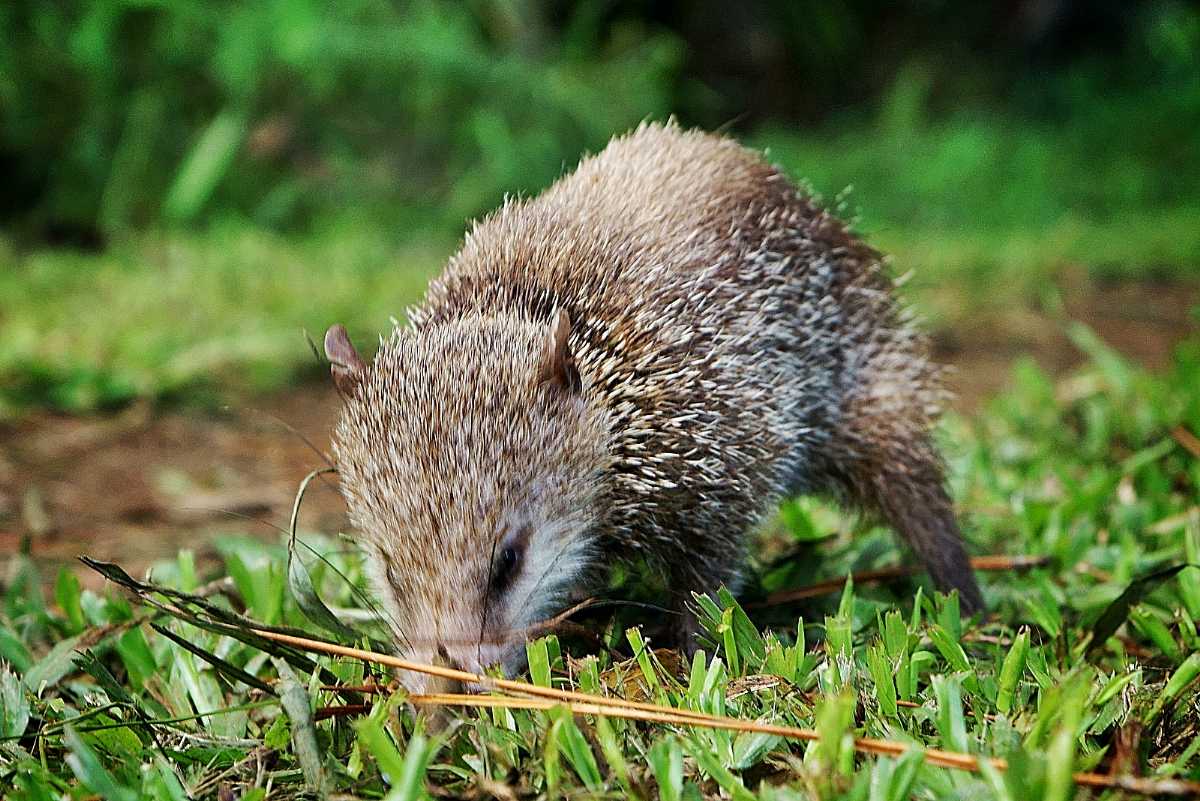
Birds
You are sure to sight one or more exotic birds during your stay in Seychelles. This is because the archipelago has around 250 different species of birds with 12 of them being exclusive to it. No wonder why thousands of bird lovers flock to Seychelles to capture these in their shutterbugs. Seychelles is truly a bird's paradise.
Seychelles black parrot
This enigmatic bird has the distinction of being the national bird of Seychelles. The black parrot has stately hues of dark grey-brown with a lighter shade on its tail. This endemic bird even features in the IUCN's Red List of Threatened species and has been categorised as vulnerable. Lately, its existence has been threatened by illegal poaching practices and the newly introduced rats. It feeds mainly on fruits, flowers and buds.Biological name: Coracopsis barklyi
Where to find: This small bird can be sighted in the Vallee De Mai Natural Reserve and the lower part of Fond Peper in Praslin National Park in Praslin. Some of these can also be found on Curieuse Island.
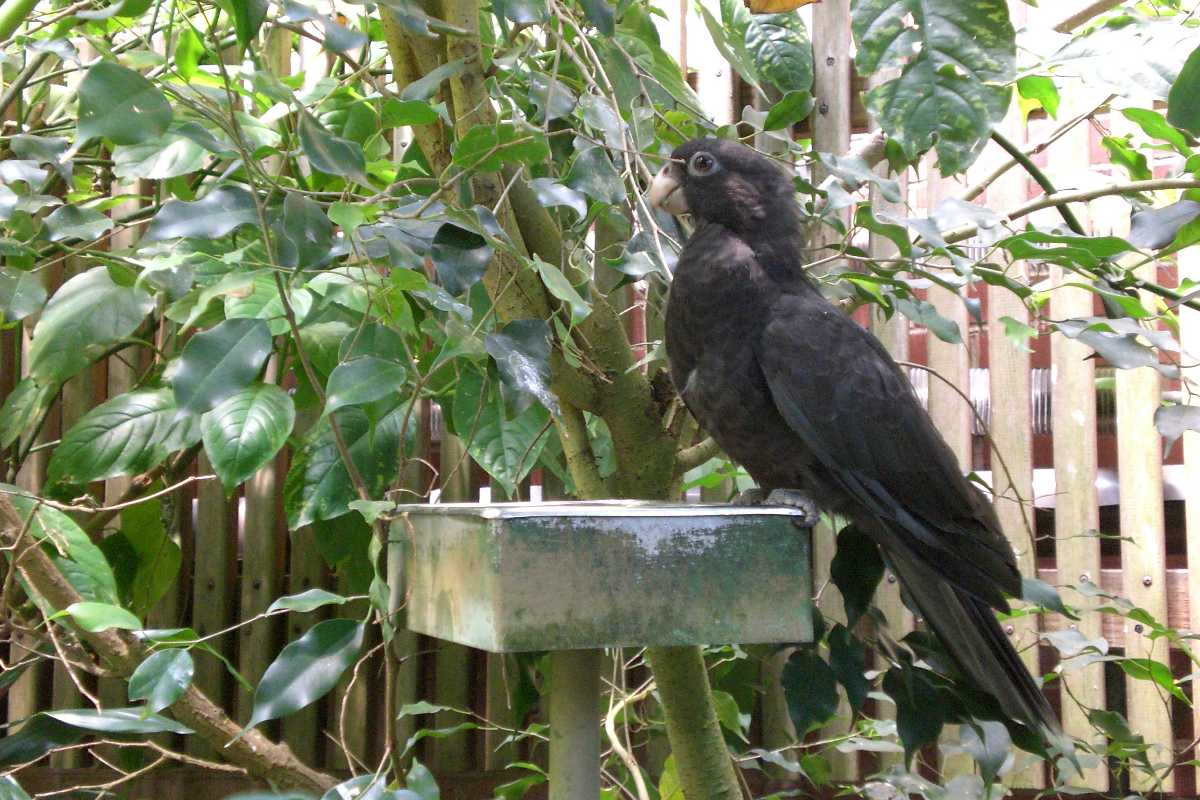
Magpie Robin
This is a medium-sized bird with a charcoal black body and bright white band on each of its wings. The fascinating feature is that it has a lifespan of approximately fifteen years. It is known as Pi Santez in the Creole language. It came on the verge of extinction in 1976 with only sixteen of them remaining. However, due to the sincere efforts of BirdLife International and Nature Seychelles, its population has increased. This bird has been classified as endangered under the IUCN Red List.Biological name: Copsychus sechellarum
Where to find: It can be spotted on the islands of Fregate, Cousin, Cousine, Denis and Aride.
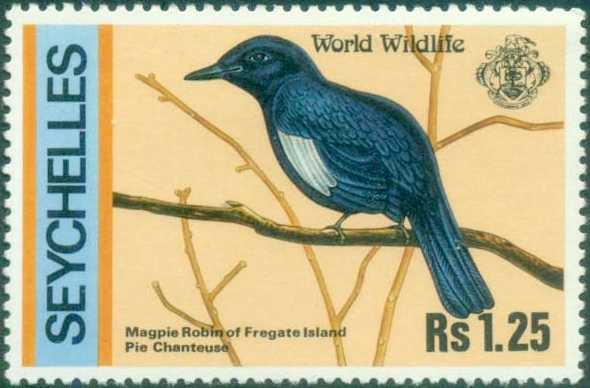
Paradise Flycatcher
It has a lovely elongated tail with a shiny black body. The females of this bird are dark brown and have a shorter tail. It is considered a rare bird from the family of flycatchers. It primarily preys on insects, mites and spiders. The bird is endemic to Seychelles and has been designated as critically endangered by the IUCN Red List.Biological name: Terpsiphone Corvina
Where to find: The Seychelles Paradise Flycatcher is native to Veuve Nature Reserve on La Digue. Some of these can also be found on Denis Island.
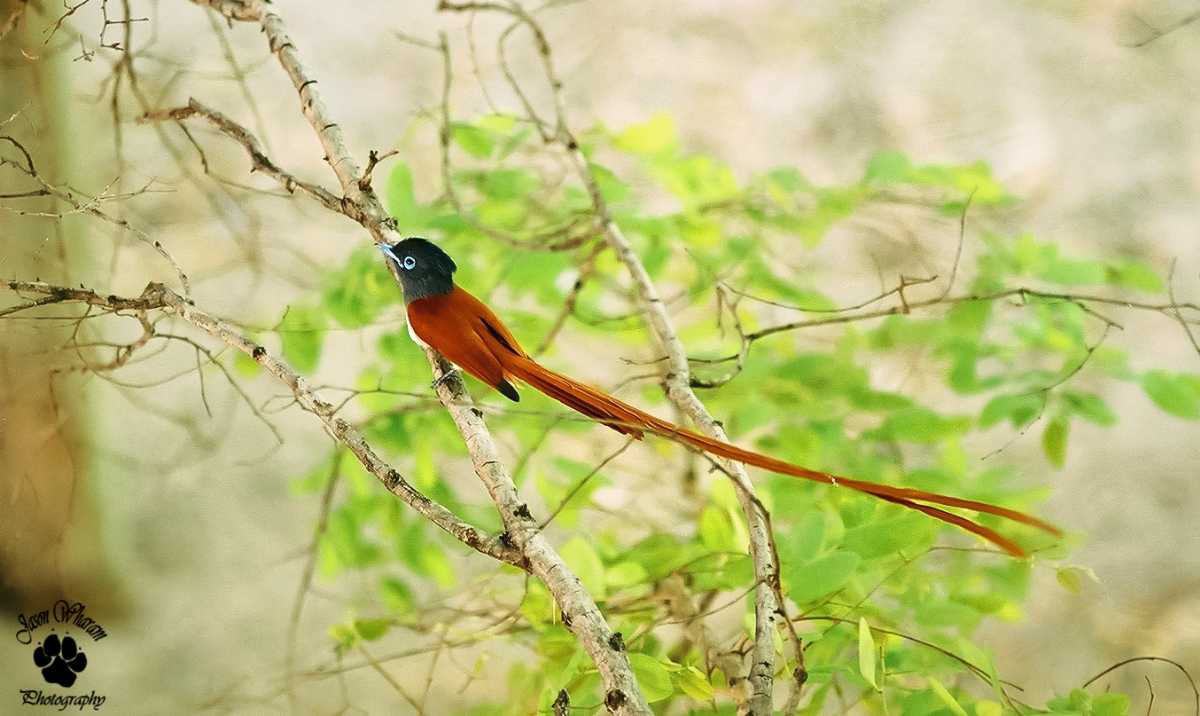
Seychelles Warbler
You can recognise this bird by its sweet, melodious voice (similar to that of a human whistle). This bird has dynamic shades of light green on its body, dirty white on the breasts and grey-brown legs. Seychelles Warbler is an insectivorous bird and even exhibits cooperative breeding. In 1968, it was on the brink of extinction with only 26 of them on Cousin Island. However, its population has increased manifold due to conservation.Biological name: Acrocephalus sechellensis
Where to find: The bird can be sighted on the islands of Cousin, Aride, Denis and Fregate.
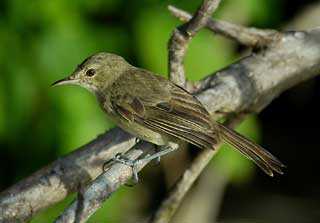
Cattle egret
This storky heron has snow-white plumage and an orangish-yellow beak. It has a full chest and nests usually near water bodies, with other wading birds. Standing tall at about 18 to 20 inches, cattle egret is even capable of nocturnal activity. It has a widespread population in many parts of the world apart from Seychelles.Biological name: Bubulcus ibisIn addition to the birds as mentioned above, you can also sight the beautiful Aldabra Drongo, Aldabra Rail, Sunbird and Scops Owl. The Scops Owl can only be found in Morne Seychellois National Park, Mahe.
Where to find: You can spot a decent number of these in the Victoria Market in Mahe.
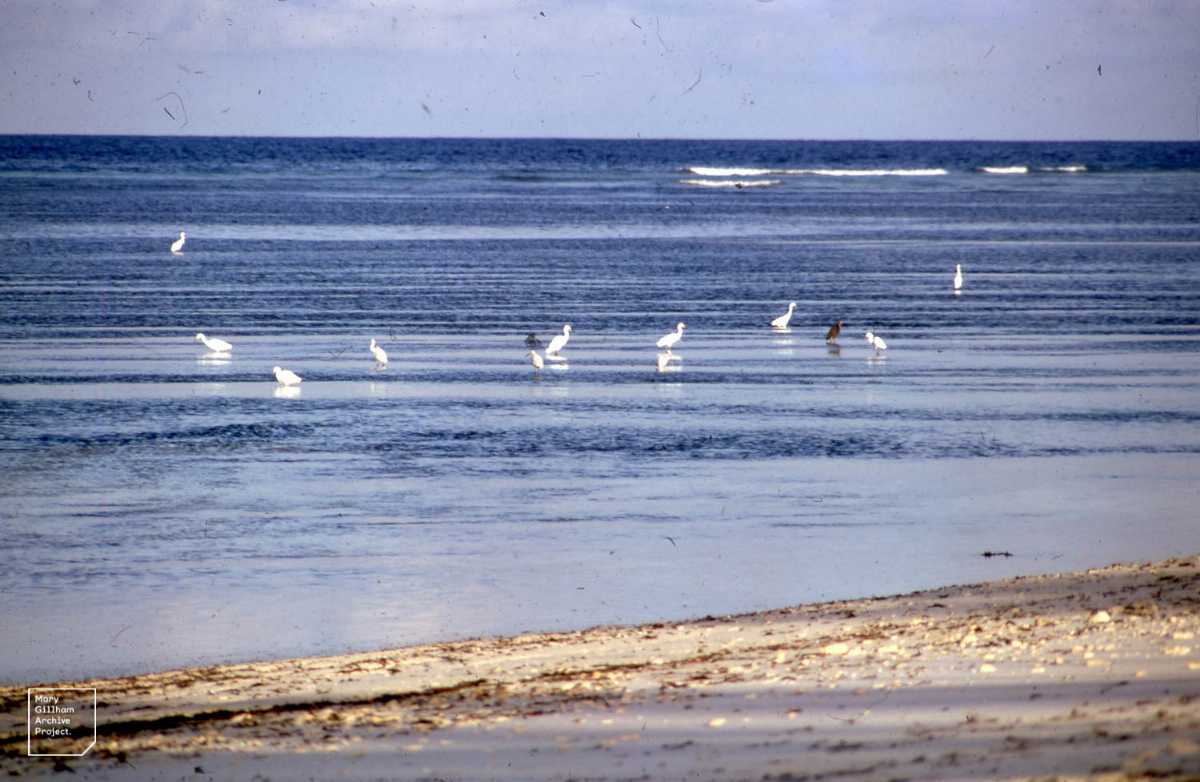
3. Amphibians and Reptiles
Seychelles is home to a total of thirteen amphibian species and about thirty species of reptiles. Each of these has its peculiarities and are quite impressive.
Aldabra tortoise
Your holiday in Seychelles cannot be completed without having an encounter with these giant tortoises. This hefty tortoise is one of the most gigantic tortoises found on earth and has a mud-brown shell. It has an unusually long neck and feeds on apples, vegetable peels, and sometimes dead tortoises. These usually live in the so-called 'tortoise turfs'.Biological name: Aldabrachelys gigantea
Where to find: These can be found in large numbers on Curieuse Island.
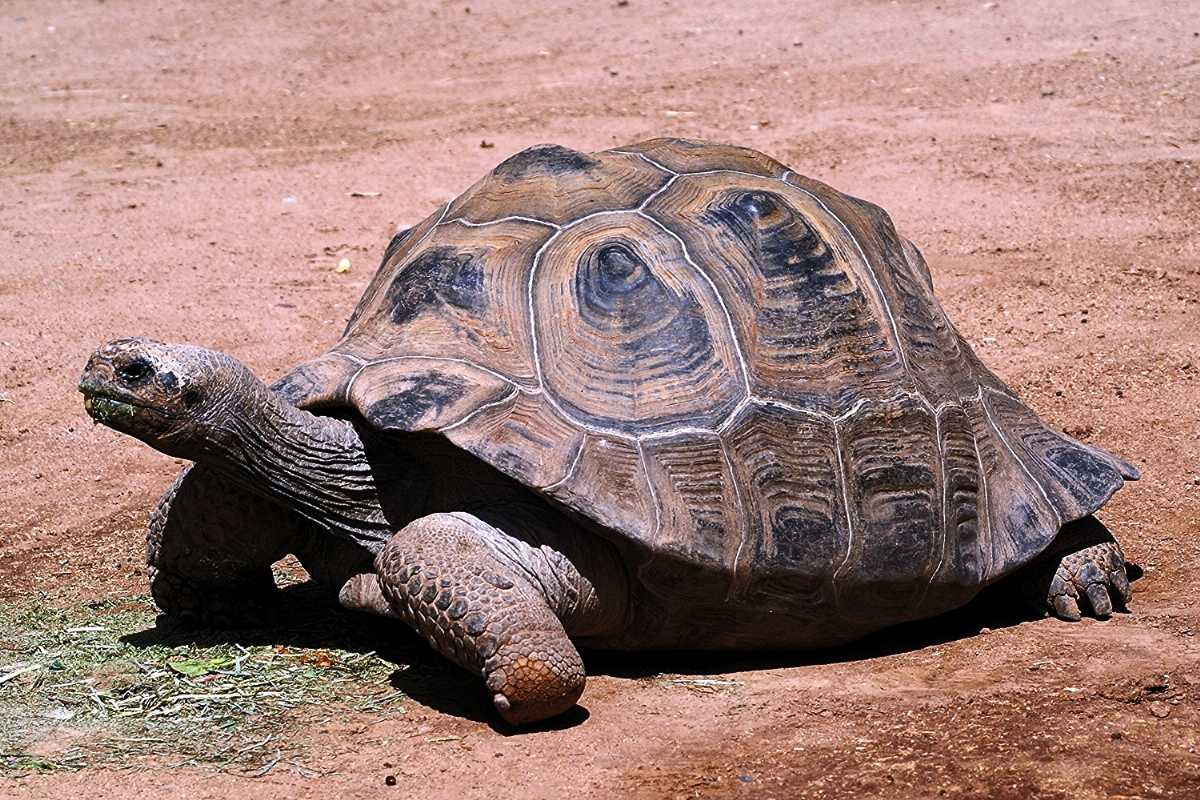
Seychelles Tree Frog
This is an endemic species and is very small (it grows to just 3 inches in length). It is the only species in the genus Tachycnemis. This frog is dirty green in colour and loves to dwell in damp forests.Biological name: Tachycnemis seychellensis
Where to find: These can be located in swamps, rivers, marshes and damp forests all over Seychelles.
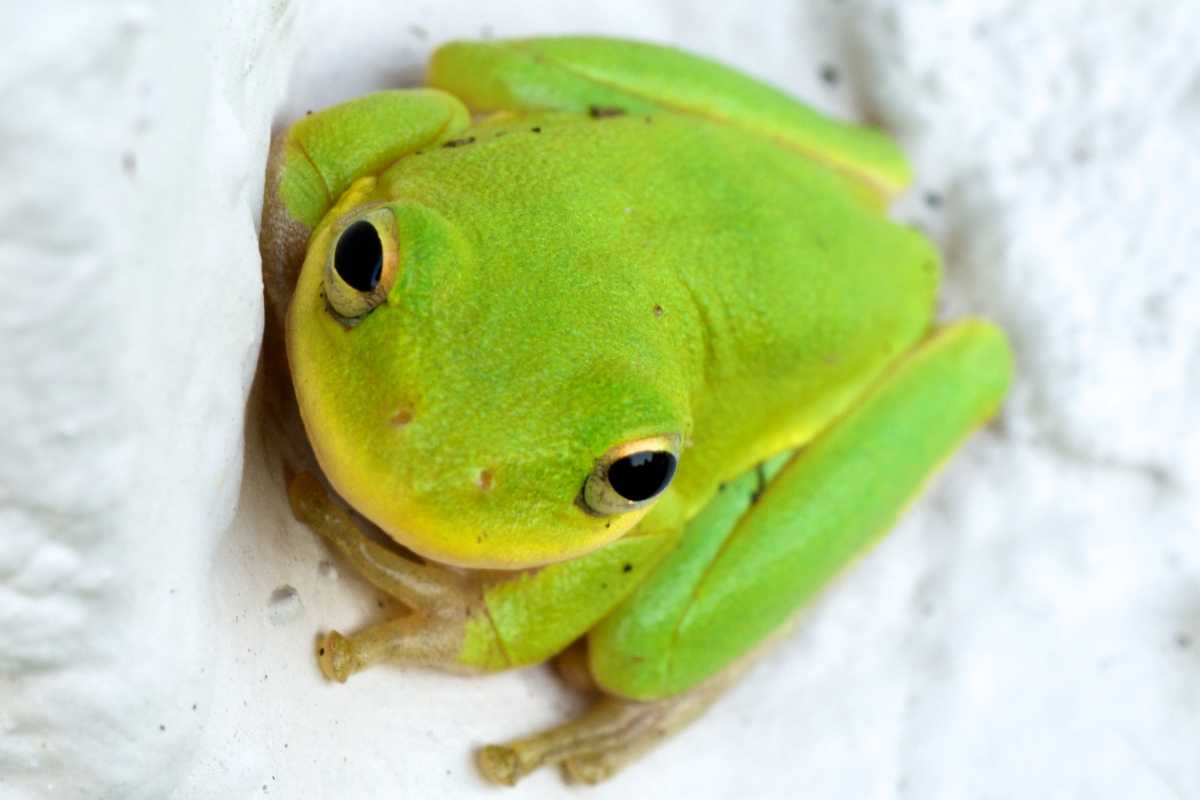
Seychelles Tiger Chameleon
It has a very short length for a chameleon and spans to just 16 centimetres. The pointed projection on its chin is its most distinctive feature. Its body colour variations include dark yellow, grey, orange and green accompanied with black spots. The species is endangered as per the IUCN Red List as well as the Appendix II of CITES (The Convention on International Trade in Endangered Species of Wild Fauna and Flora). The sharp decline in its population is a global concern since it can only be found in Seychelles.Biological name: Calumma TigrisThe terrapin, ptychadena mascareniensis and hawksbill turtles are other fascinating amphibians in Seychelles. The geckos are omnipresent in Seychelles; do not freak out if you spot one climbing up the walls and ceilings.
Where to find: The tiger Chameleon can only be found on the islands of Mahe, Praslin and Silhouette.
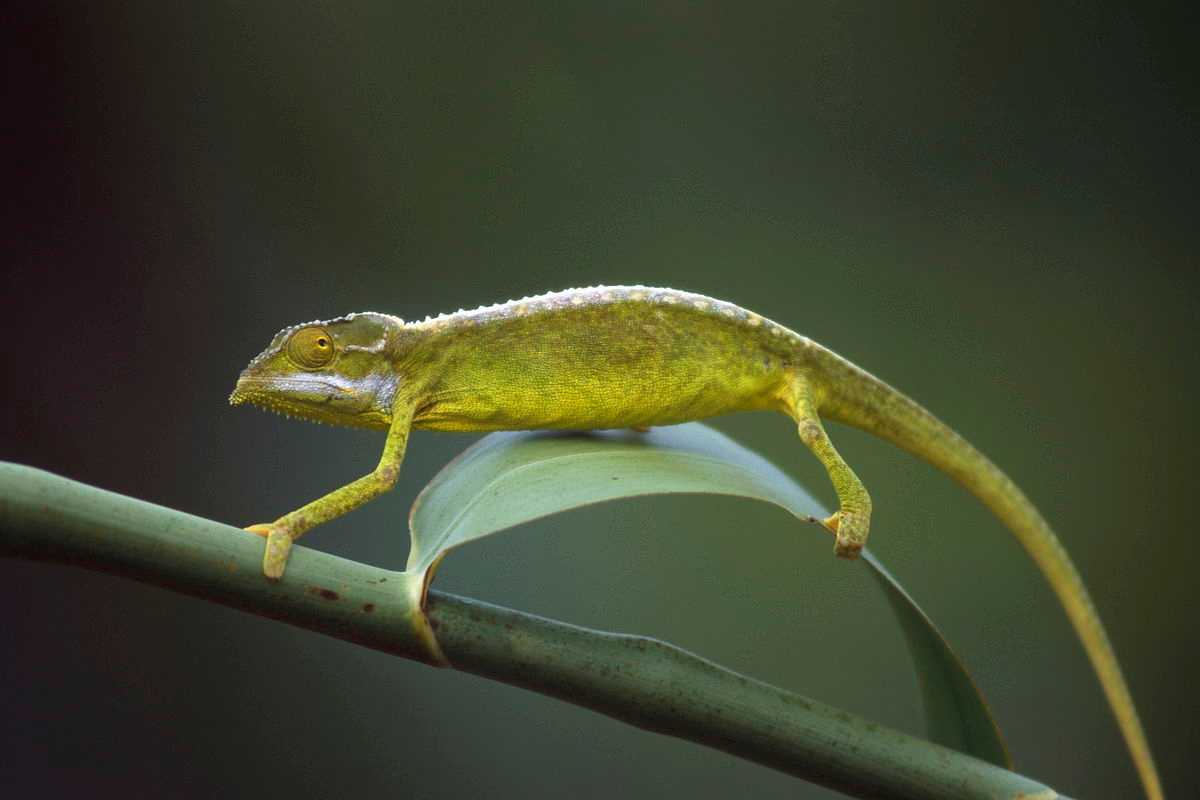
4. Marine Wildlife in Seychelles
Dugong
Your heart will melt when you sight these friendly medium-sized marine mammals in the ocean. The dugong is the only marine herbivorous mammal and lives up to the age of 70 years. It has a large bulging body which tapers at both the ends and somewhat looks like the cute dolphin. This innocent mammal has been hunted for its oil and meat since times immemorial. It was considered extinct in Seychelles in the 18th century. However, it has been recently sighted. Dugong has been declared as vulnerable to extinction by the IUCN Red List.Biological name: Dugong dugon
Where to find: A total of four dugongs have been sighted in Aldabra Atoll since 2001. You have to be really fortunate to locate the fifth one!
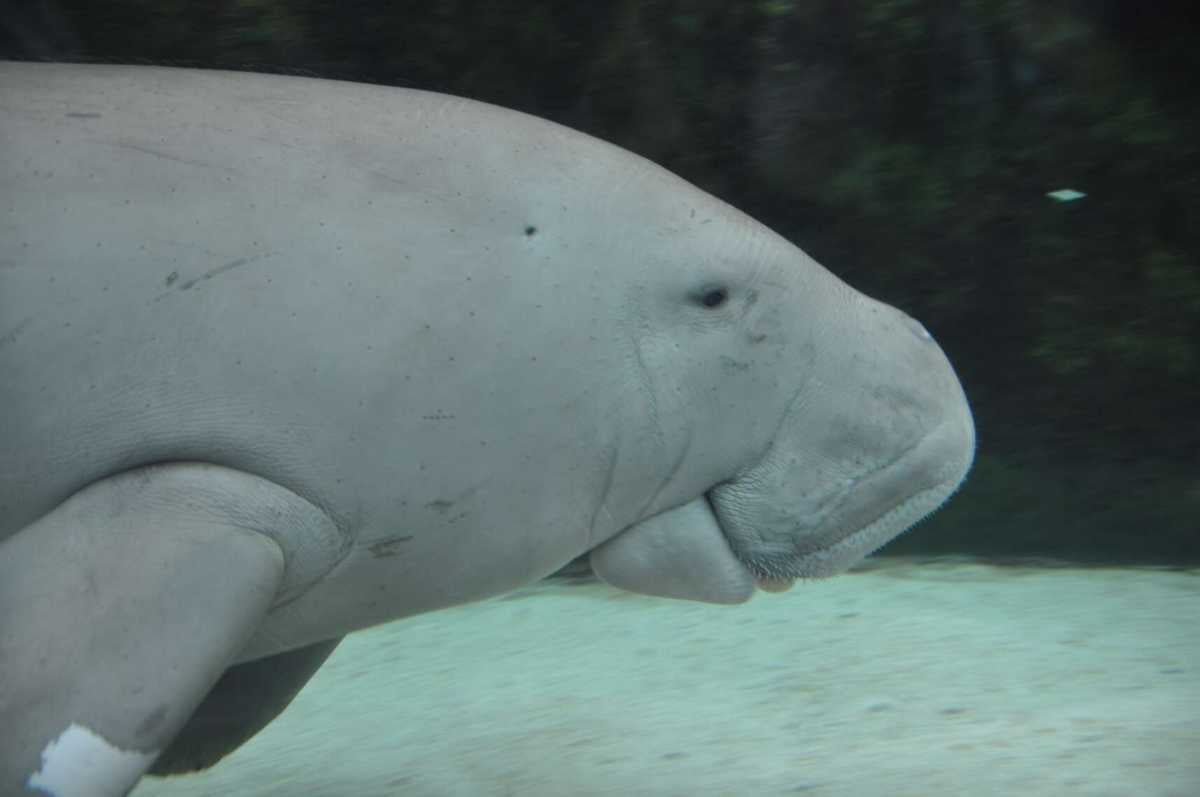
Hammerhead Shark
Biological name: Sphyrnidae
Where to find: You can sight these sharks in the diving sites of Galawa, Arcade, and Maggi's Cliff in Alphonse Island.
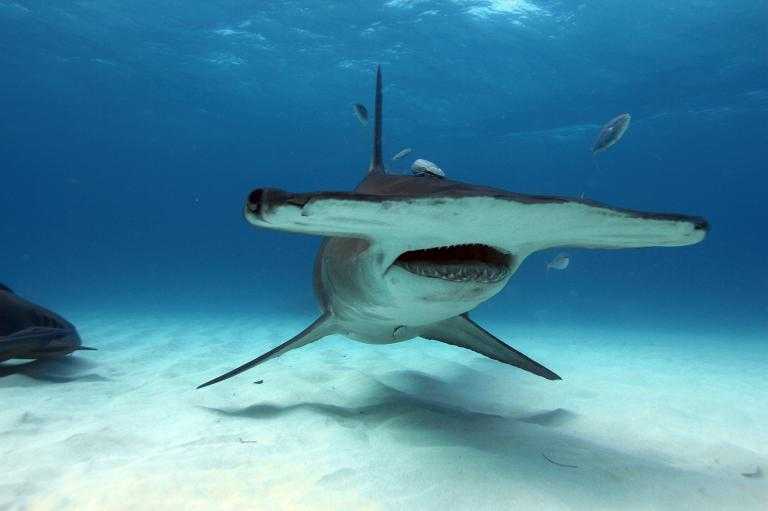
Game fishes
Where to find: Fishing boats are mostly located in Mahe. However, some are also found in La Digue, Fregate, Desroches and Silhouette Island.
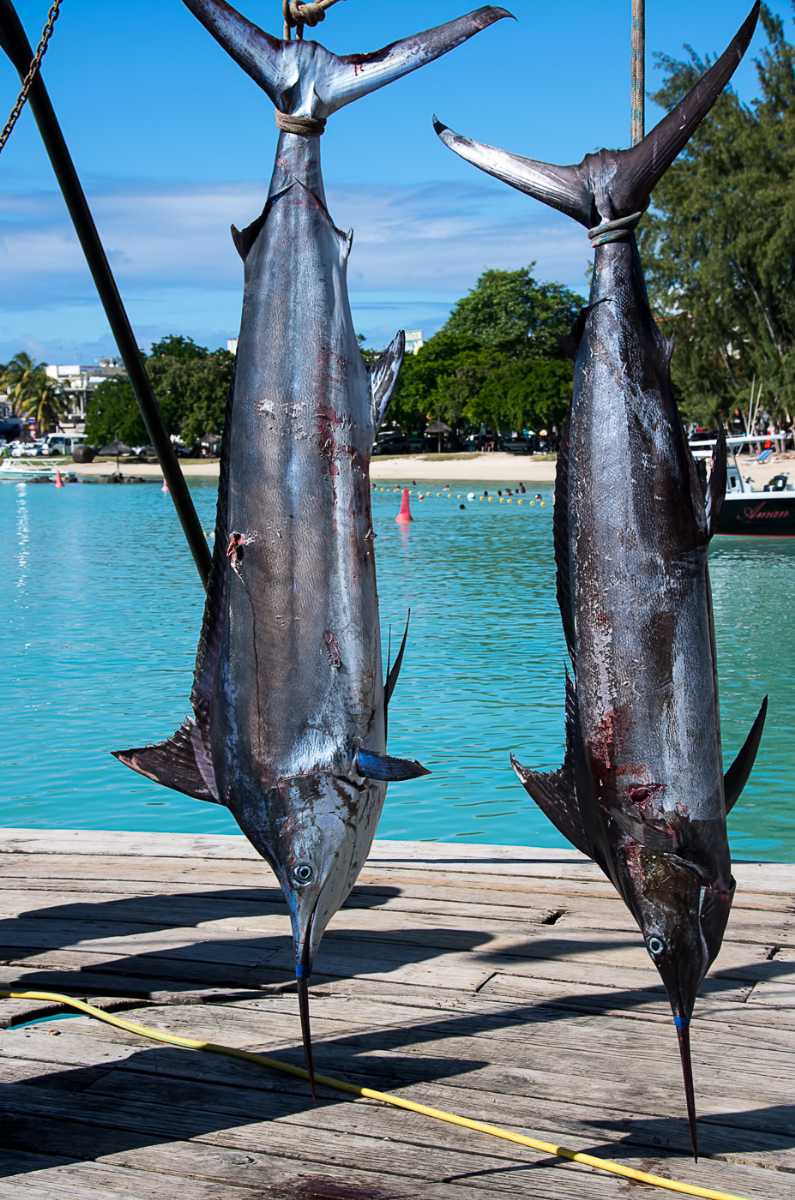
Seabirds
Seychelles is home to some twelve species of seabirds. These form their nesting grounds on the smaller islands where there is no threat of predatory cats and rats. The main breeding season is between April and November when the southeastern trade winds blow.
Sooty Tern
This is a seabird belonging to the family of Laridae. Its unique feature includes a distinctive forked tail. The plumage is glossy black in the upper part and white on the underparts. It is called is a loud, piercing kvark. It feeds primarily on fish and can stay out to sea for three to ten years. This migratory bird is found in large numbers in many parts of the world.Biological name: Onychoprion fuscatus
Where to find: You can spot flocks of thousands of these on the Bird Island.
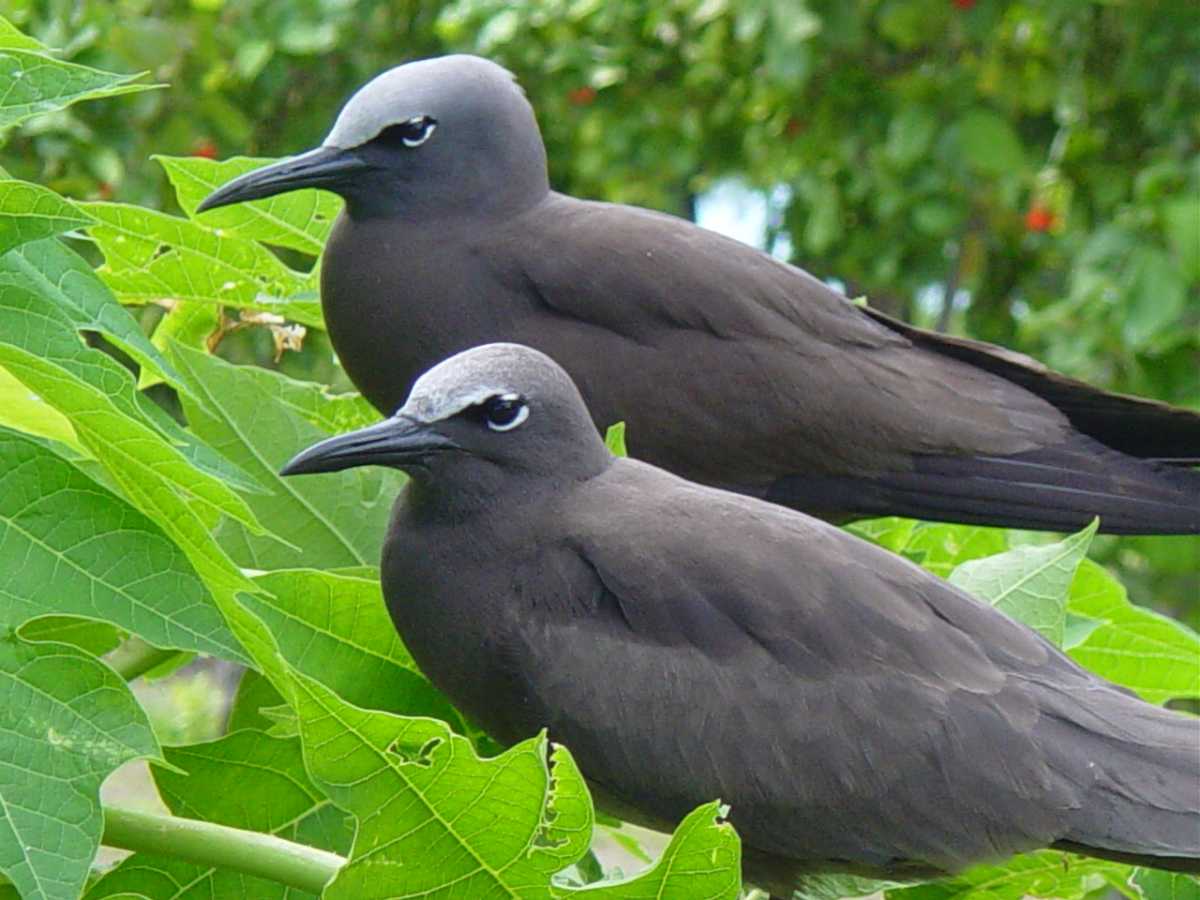
Frigate Bird
These are large seabirds with long, pointed wings. The male frigate is smaller than its female counterpart. Males have coal-black feathers while the females have a white throat and breast. They feed in pelagic waters and migrate across their breeding range.Biological name: Fregata minor
Where to find: It occurs throughout Seychelles and breeds only on Aldabra Island.
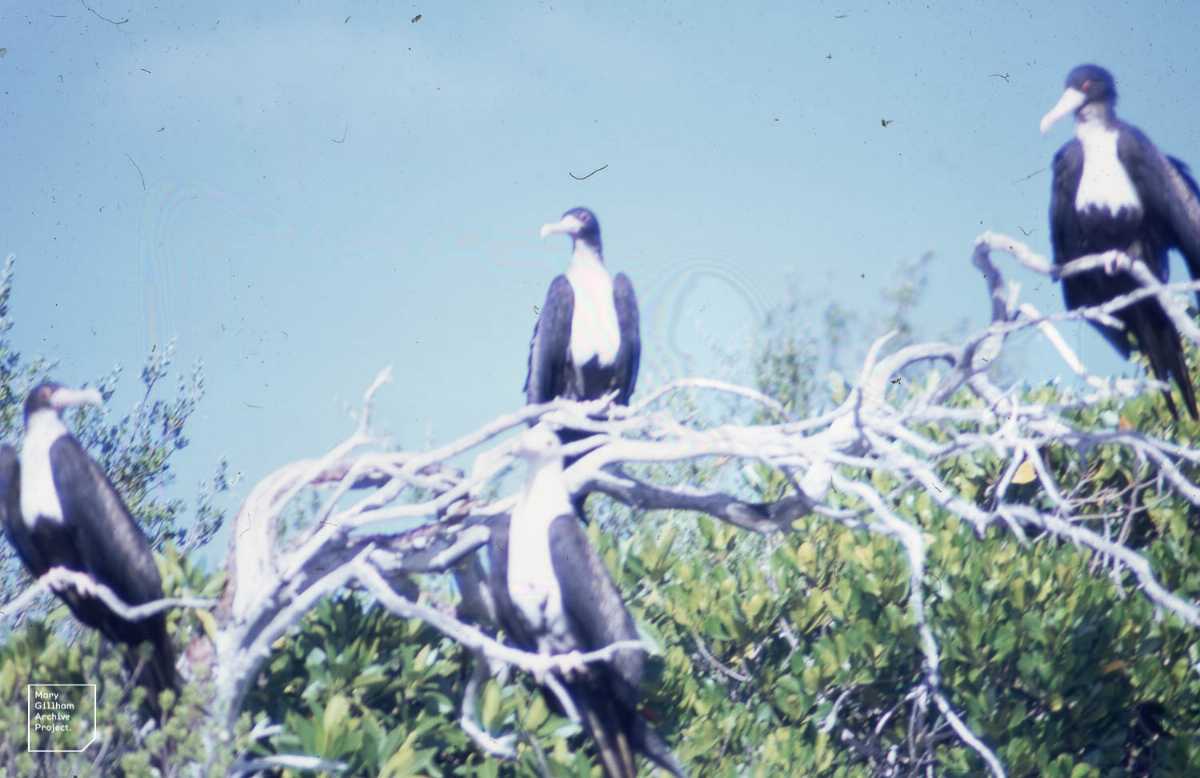
White Tern
This is a small seabird with elysian white feathers and a shiny black bill. It usually lays its eggs on small, thin branches, unlike other terns. These birds feed on fishes and are found all over the tropical range. The IUCN Red List has labelled it as the bird with the least concern, meaning there is no threat to its existence.Biological Name: Gygis alba
Where to find: These tiny creatures can be sighted on the Cousin Island.
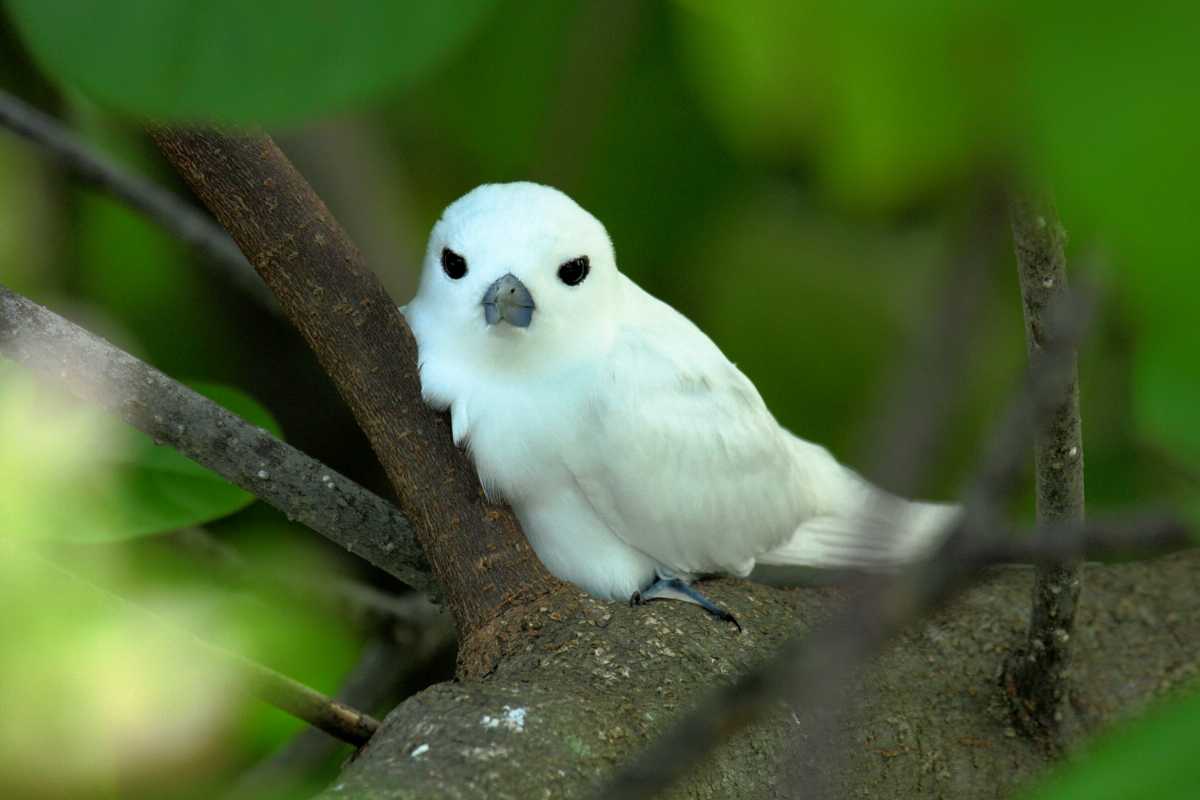
Fishes
Where to find: These lovely fishes can be found in all coastal areas of Seychelles.
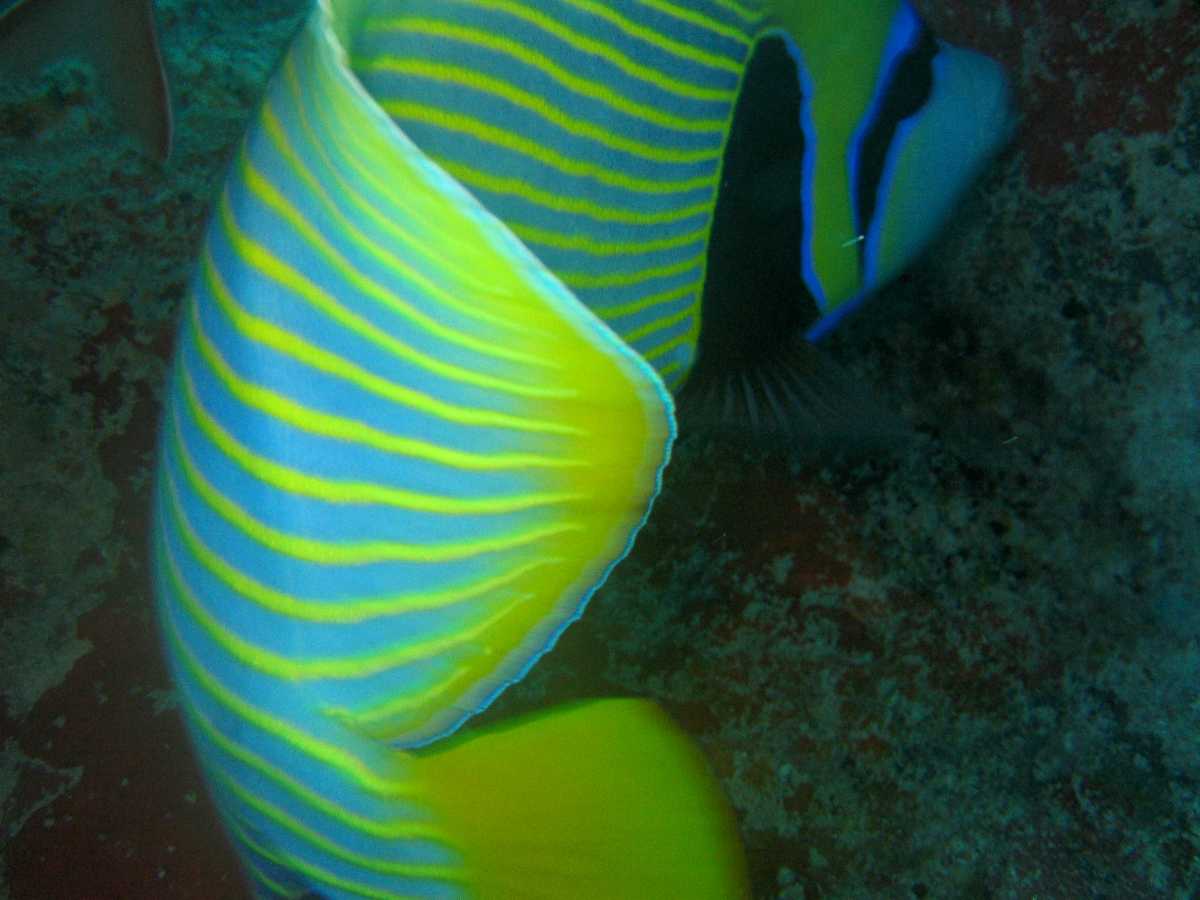
Flora in Seychelles
Coco de Mer
These buttock shaped nuts have raised eyebrows since times immemorial due to their mystical shape. This is the largest nut found on earth. These naughty nuts resemble a female bottom and numerous legends have been associated with it. The species is endemic to Seychelles and is also known as sea coconut, love nut, double coconut, and coco fesse. No trip to Seychelles is complete without buying these. The fruit is used in Siddha medicine, Ayurvedic medicine and also in traditional Chinese medicine.Biological name: Lodoicea maldivica
Where to find: The Coco de Mer trees are found on the islands of Praslin, Curieuse and Silhouette.
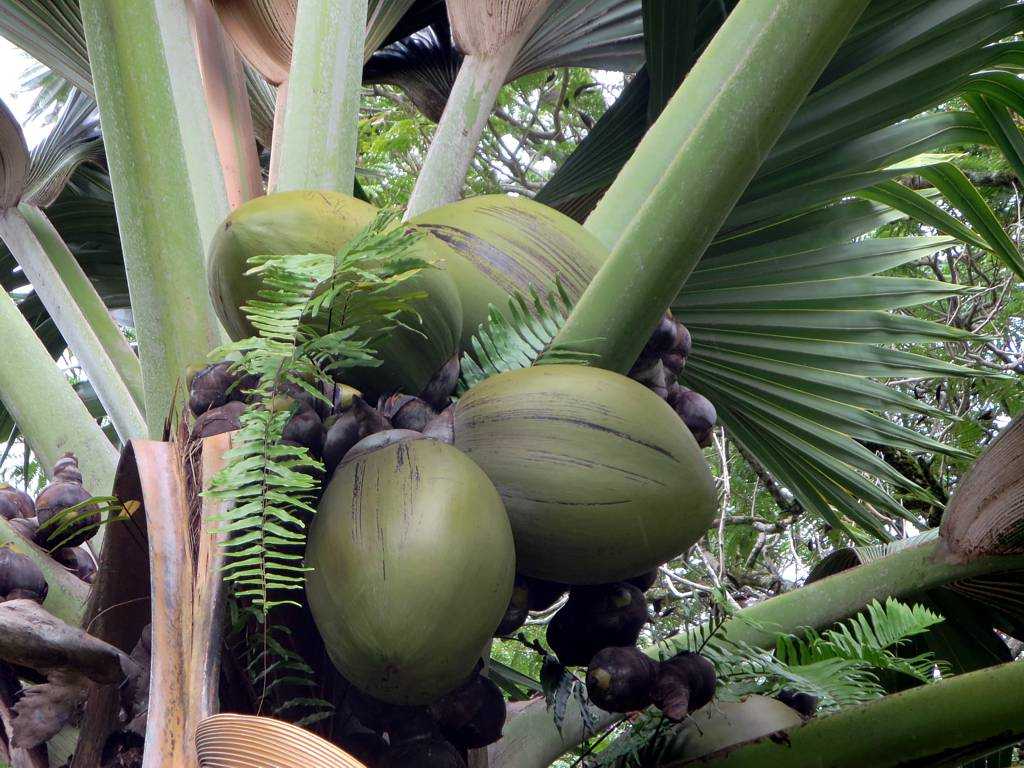
Jellyfish Tree
Biological name: Medusagyne oppositifolia
Where to find: These trees are protected in the Morne Seychellois National Park on Mahe.
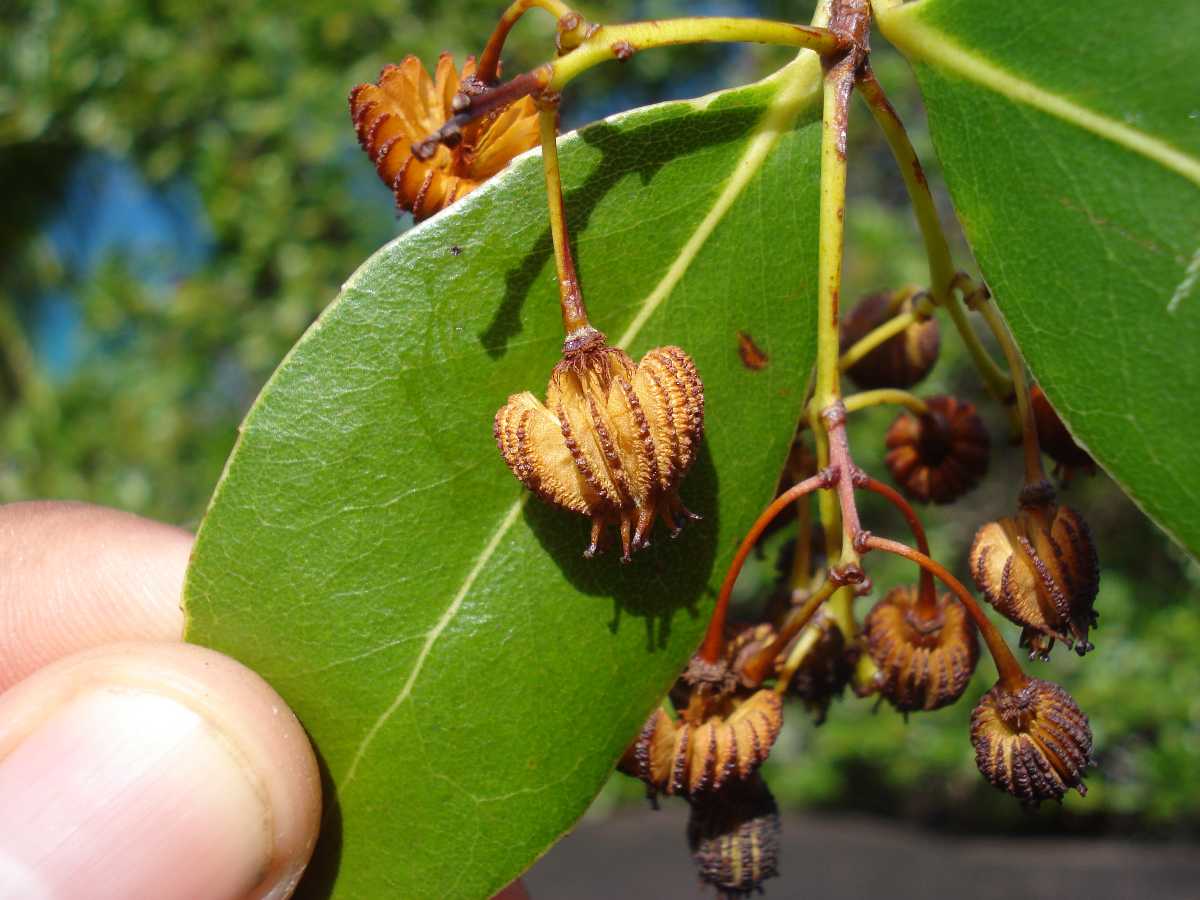
Star Fruit
Biological name: Carambola
Where to find: These can be found in the National Botanical gardens in Victoria, Mahe.
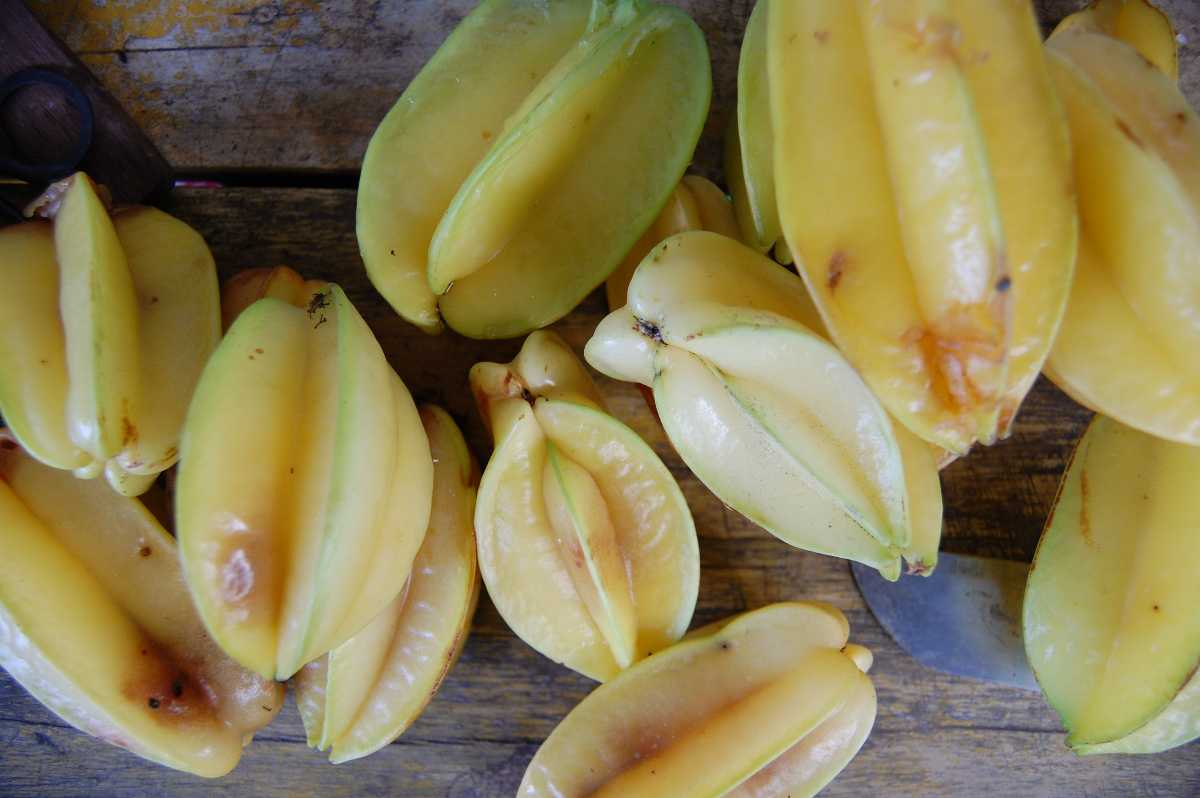
Hotspots of Wilderness in Seychelles
Aldabra Atoll
Location: It is a distant island of Seychelles located about 1000 kilometres south-west of Mahe.
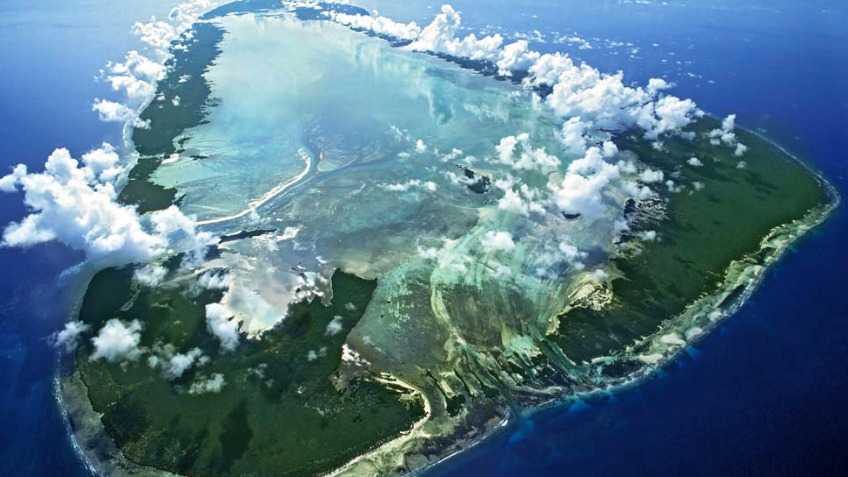
Silhouette Island
Location: This picturesque island lies 20 kilometres northwest of Mahe.
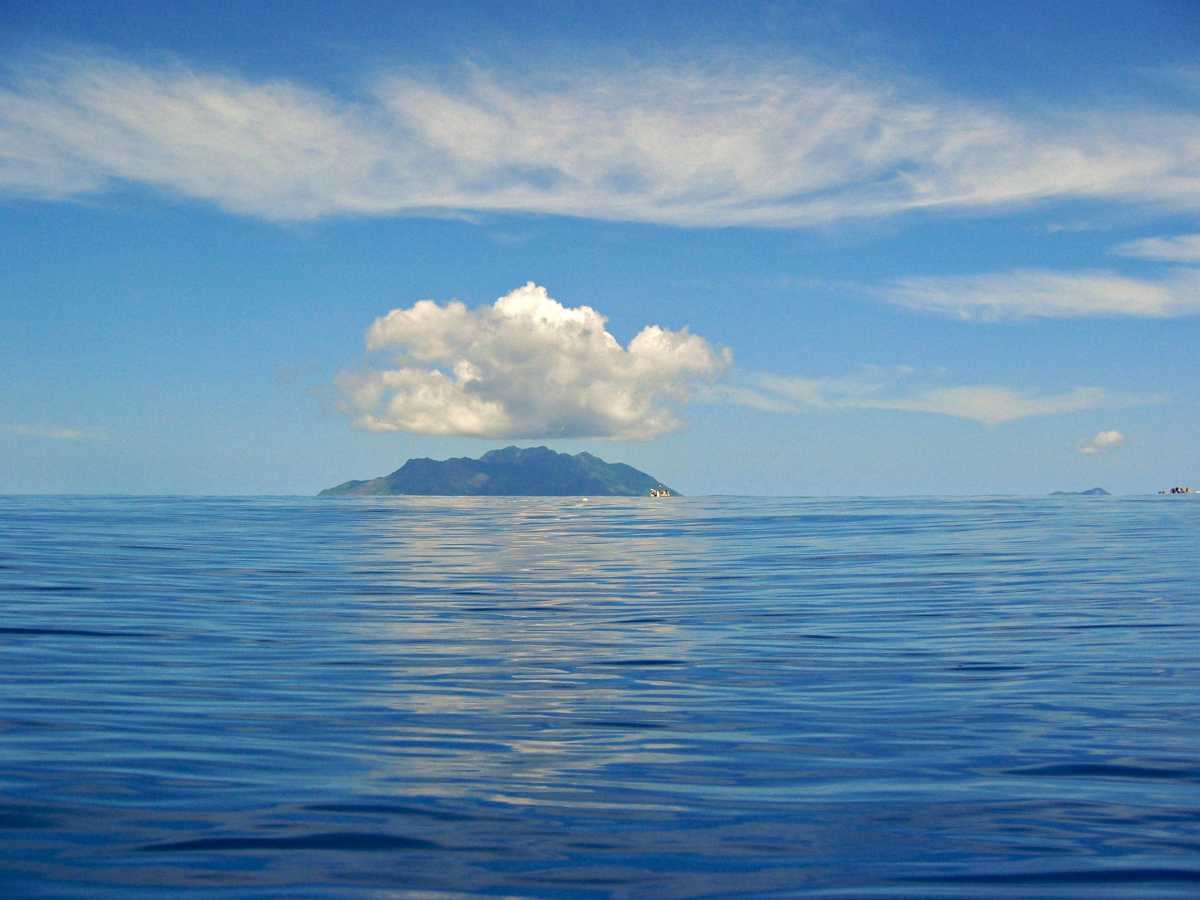
Bird Island
Location: This inner island is the northernmost island of the Seychelles archipelago, situated about 100 kilometres from Mahe.
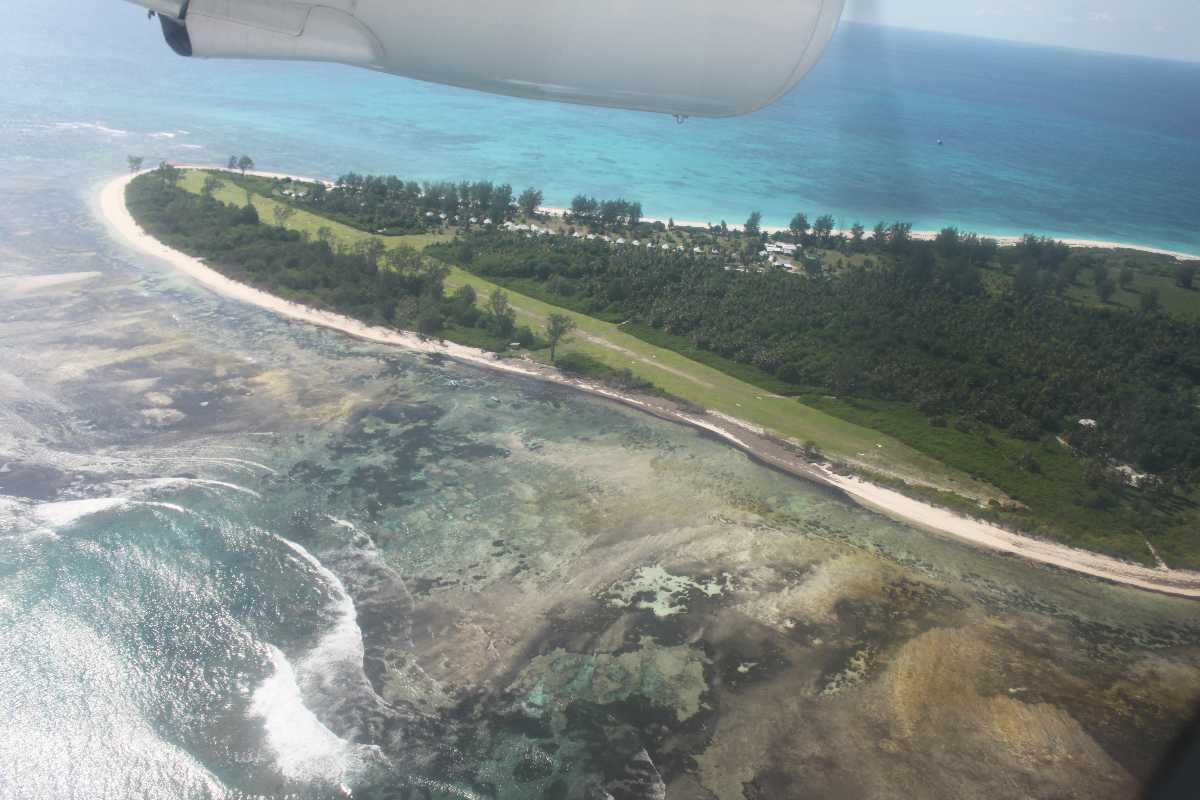
History of Wildlife in Seychelles
Human settlements in Seychelles were established not until the mid 18th century and the wildlife remained protected from human interference. A deep and intriguing insight into its ravishing wilderness was first presented to the world by the scientific studies of Marion Dufresne.He had given clear instructions to the captain of the ship in La Digue to give the greatest attention to the study and prospects of all the species of inland productions such as trees, bushes, plants, herbs, quadruped animals, birds, insects, freshwater fish, stones, soil and minerals.
The late 1800s saw indiscriminate felling of trees and killing of some of the most spectacular species of birds and tortoises for either sport or meat. This culminated in the extinction of species such as Marianne white-eye, Seychelles parakeet and the saltwater crocodile.
Ever since the Seychelles government has done a tremendous job since independence to conserve its amazing flora and fauna. Seychelles has a greater variety of birds and animals than its neighbouring islands of Mauritius and Maldives. These marvellous creatures make Seychelles stand out from the rest of the world.
The extensive wildlife of Seychelles is inordinately brilliant. Nature in most part of the Republic has been preserved in its original form, and it is this unspoilt biota which garners the attention of everyone visiting Seychelles. The plethora of species of plants and animals make your trip even more exciting. What could be better than having a serendipitous encounter with the exotic and exclusive species in the region!
